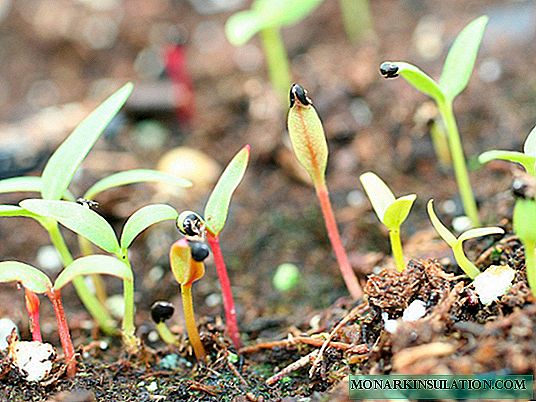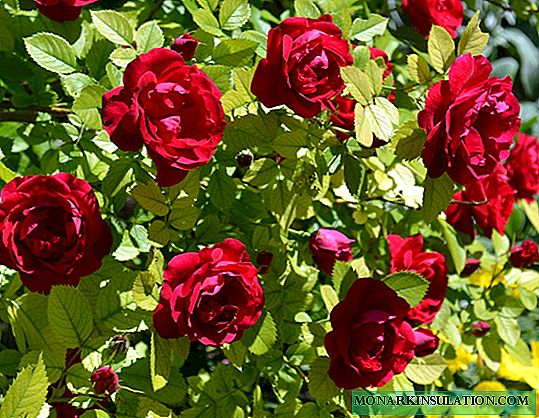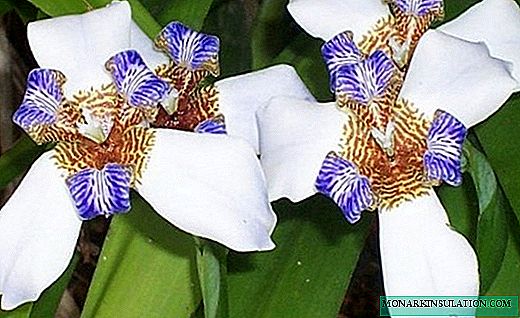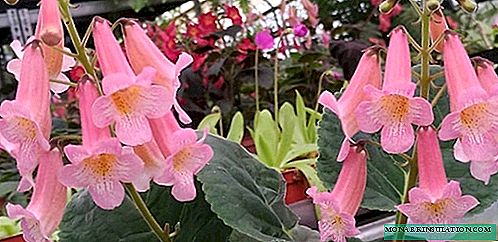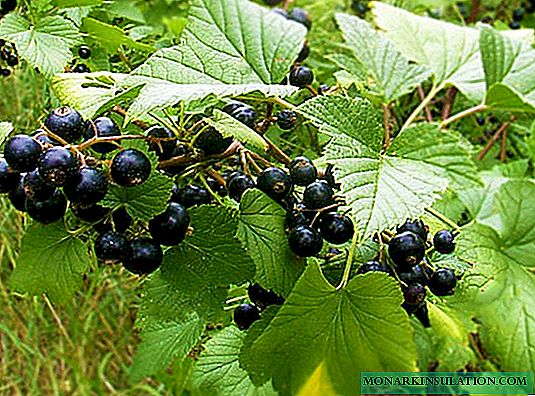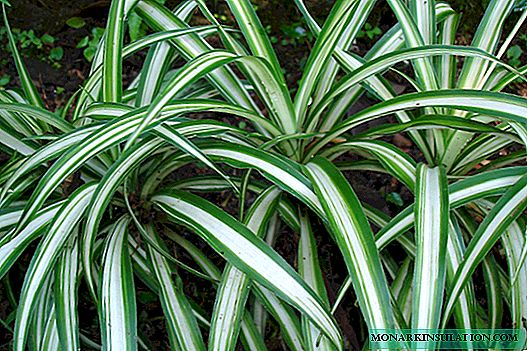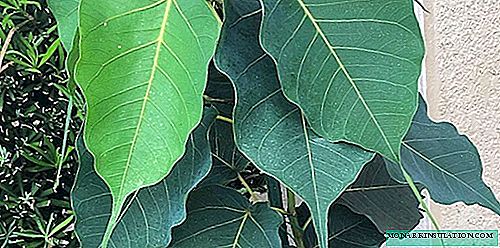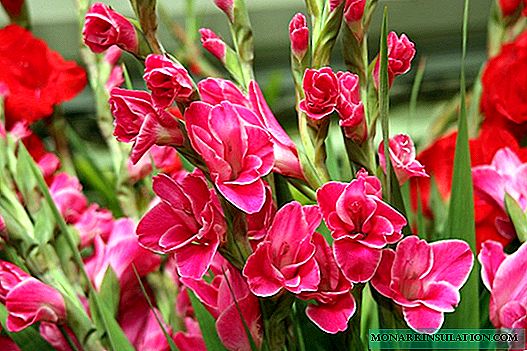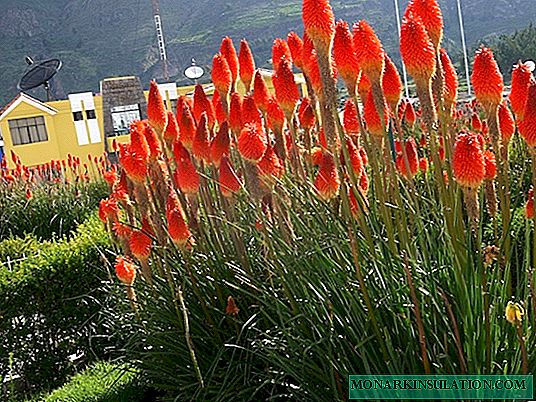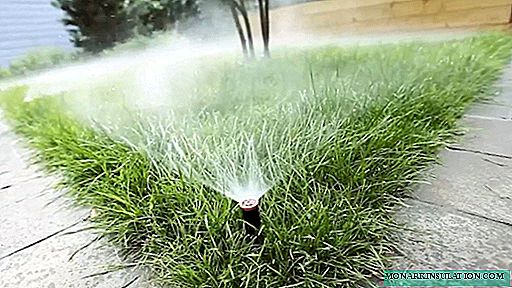
Lush vegetation on the lawn and beautiful flowers in the flower beds require constant attention and care. Over time, regular watering becomes a boring duty. Automatic drip irrigation of the lawn can help, so simple and understandable from the point of view of the device and installation that it can be done with your own hands. Is it worth it to opt for this type of irrigation and how does it differ from sprinkling? Let's figure it out.
Pros and cons of using drip irrigation
Drop watering is recommended for irrigation of greenhouse plants, trees and shrubs, flower beds, beds, plantations. It is also suitable for watering lawns if there is no possibility of mounting a sprinkler (for example, if the lawn is narrow or has a complex curved shape).
The main part of the system is a long hose with holes located along the entire length. Spot irrigation provides an even and constant distribution of water. The system works at such a speed that allows water to get to the surface of the soil and soak in a certain period of time. For 2 hours, one drop point of the soil is soaked in water 10-15 cm deep and the same in radius - provided that the system is adjusted for watering the flowers.

Drop watering for the lawn is installed in areas where it is not possible to arrange sprinkling irrigation. In this diagram, a narrow section on the right side
Advantages of using a drip system:
- distortion of the irrigation sector is excluded (unlike sprinklers, partially depending on the direction and strength of the wind);
- watering of a specific root section of a plant is provided;
- water does not enter neighboring landscape zones;
- watering is evenly distributed over the entire area of the site;
- there is no crust on the surface of the soil;
- installation of the system does not require earthwork, takes little time;
- there is the possibility of fertilizing plants with mineral fertilizers;
- both water and personal time are saved.
Another indisputable plus is the budget cost of the entire set of equipment. The minimum set, including the main pipe, fittings, droppers, drain pipes, drip tips, timer, punch - costs no more than 3000 rubles. Separately, a water tank and a submersible pump are purchased. A self-made automatic watering system is an opportunity to save on the purchase of expensive equipment.
Users of drip irrigation systems note only two minuses:
- short service life (from 2 to 5 years) - which means that as the system parts wear out, it will be necessary to replace them with new ones;
- the possibility of damage to droppers (hoses) by rodents or pets.

The minimum set for automatic drip irrigation includes a set of droppers, a timer, fittings, plugs, taps. Submersible pump sold separately if necessary
System Mounting Procedure
The correct automatic watering device depends on the area of the cultivated area. As an example, take the installation of an irrigation system on a lawn 6 meters long. Suppose flowers are planted along the edge of the lawn, the distance between which is 40 cm.

Scheme of drip irrigation of a small lawn, several beds or beds
Equipment assembly steps:
- Better to start by installing a water intake tank. You can use any suitable barrel or buy a plastic tank in the store.
- Installation in a submersible pump tank. When buying it, you should pay attention to the technical characteristics - the pump power should be enough to irrigate the entire area of the lawn.
- Accession to the pump of the main pipe (a pipe of 16 mm in diameter is suitable). There are two options for removing the pipe from the tank: through the tank cover, if the pump capacity allows, or through a specially drilled hole with a diameter of 16 mm in the lower part of the tank. A fitting with a sealant is inserted into the hole, and a pipe is inserted into it already. Secure the connection with sealant.
- Routing the main pipe into 3 or 4 droppers using fittings. Droppers are laid to the end of the lawn. At the end of each hose (or pipe), plugs are installed.
- Layering for a separate watering of flower bushes - droppers pass along the planting, near the root system.
- Using a punch, holes for droppers are made in the main pipe (ready-made dropper options are marked, you just need to select the one you need - for example, 8 l / h or 12 l / h). In droppers under flower bushes, holes are punched near each plant. When using additional tubes, their ends are equipped with drip tips that are stuck near the root system.
- Setting a timer that regulates the operation of the pump. At a certain point, it turns on the electricity supply, starts the pump - and the system functions for a given period of time. For example, you can set the system to turn on at 8 o’clock and turn off at 8.30. If the dropper has parameters of 2 l / h, during this period each plant will receive 1 l of water. The timer can be electronic, powered by batteries, and mechanical.

As a container for drip irrigation, many use an ordinary barrel, setting it at a certain height

Starting cranes connect the main pipe and droppers (hoses)

A timer for adjusting the irrigation time can be purchased with the irrigation system
We suggest you also watch a video clip on the topic:
Operation and maintenance of equipment
In order for our automatic watering of the lawn to function properly, it is necessary to test it, and at the same time to rinse it. To do this, remove the plugs at the ends of the droppers and turn on the water. Pure water flowing from all hoses is a sign that the system is tight and functioning correctly. Such flushing must be carried out from time to time to prevent clogging of pipes and hoses.
Visual inspection of hoses and pipes will help to eliminate blockages in time. Turning on the system, you should go along each dropper, paying attention to the wet spots near the holes. Depending on the adjustment, they should have a diameter of 10 to 40 cm and be the same in size. If there is no stain or it is smaller than the rest, you will have to clean or replace the dropper. Puddles of water also indicate a malfunction of the system - most likely, the tightness is broken.

Checking the drip irrigation system can be carried out in parts: for this it is necessary to open the start taps only on certain hoses

The correct operation of the droppers is easy to check by the size of the wet spots on the soil
A problem may arise - automatic watering of the site will stop. The cause, most likely, will be a blockage in the dropper.
What types of blockages are there and how to eliminate them?
- Mechanical. Pipes and hoses are clogged with suspended particles - sand, silt, undissolved fertilizers. There will be no problem if you use special filters that need to be washed periodically.
- Chemical. It occurs due to too hard water. Normal pH values are 5-7, to support them resort to acid additives recommended for irrigation systems.
- Biological. Clogging of this type is associated with the vital activity of organisms, as a result of which plaque, mucus, algae appear. Light chlorination and regular flushing will eliminate biological contamination.
In autumn, at the end of the watering season, equipment is washed, dried and dismantled. No water should remain in pipes and droppers. Electronic and mechanical devices - pumps, timers, controllers, sensors - it is better to transfer to a heated room. Hoses and pipes can be left in the ground for the winter, but their service life will be significantly reduced from this.

Filters for drip irrigation systems are a barrier to mechanical and biological contamination

If at the end of the season, the drip equipment is washed and cleaned for the winter, it will last much longer
That's all. Having arranged automatic watering with your own hands in early spring, you can enjoy the green lawn and lushly flowering flowerbeds all summer without any hassle.

